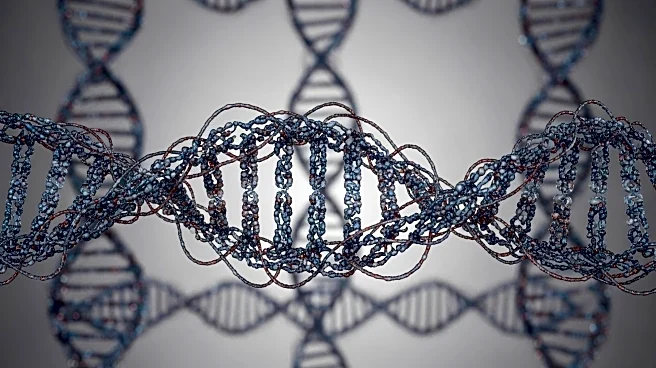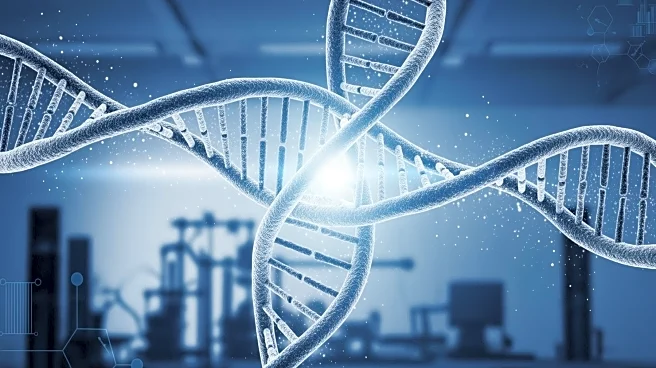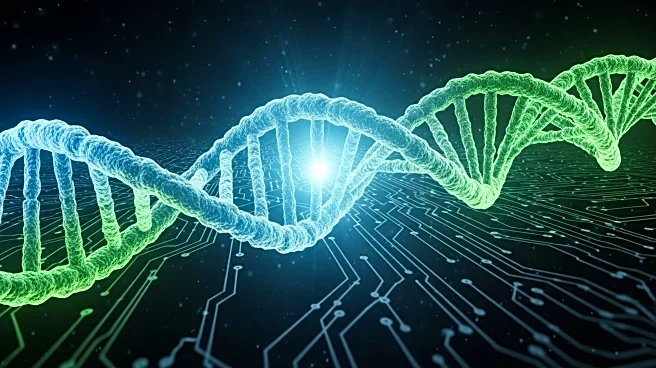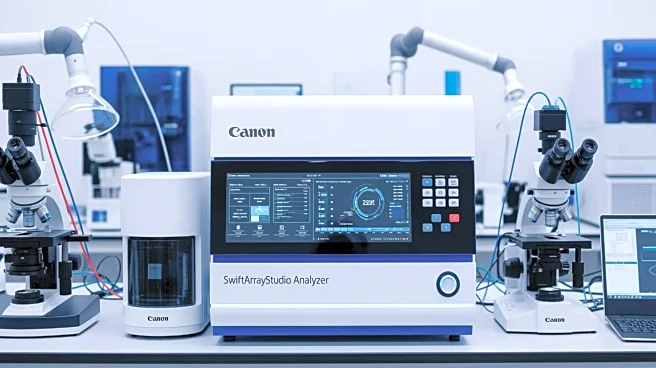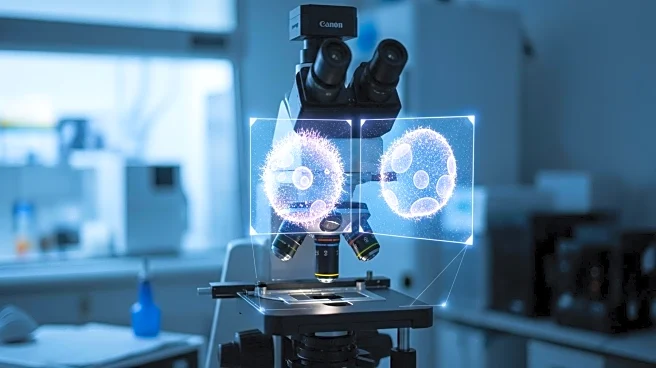What's Happening?
At the American Society of Human Genetics (ASHG) Annual Meeting 2025, researchers from Yale and Stanford presented a novel assay, NaP-TRAP, to study the impact of 5'UTR variants on protein translation.
This method allows for the analysis of over one million variants, providing insights into their role in disease. The study highlights the importance of non-coding regions in genetic research, revealing mechanisms that buffer against mutations and identifying potential drug targets.
Why It's Important?
The research presented at ASHG 2025 emphasizes the significance of non-coding RNA in understanding human disease, particularly in cancer biology. By focusing on 5'UTR variants, scientists can better predict the effects of genetic mutations on protein expression, informing clinical genetics and drug development. This advancement in genetic research could lead to more effective treatments and a deeper understanding of disease mechanisms.
What's Next?
The findings from the ASHG meeting may lead to further studies on non-coding RNA, potentially influencing genetic research and clinical practices. Researchers aim to develop predictive models for 5'UTR variation effects, which could enhance diagnostic and therapeutic strategies. The continued exploration of non-coding regions will likely contribute to advancements in personalized medicine and targeted therapies.
Beyond the Headlines
The focus on non-coding RNA highlights a shift in genetic research, where traditionally overlooked regions are now recognized for their critical role in disease. This paradigm shift may lead to new approaches in genetic testing and treatment, emphasizing the need for comprehensive analysis of the genome. The integration of machine learning with genetic research represents a promising avenue for future discoveries and innovations.
